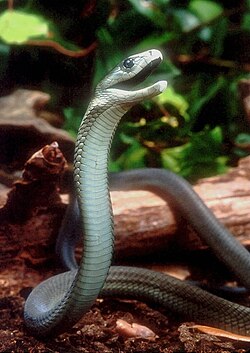Heidelberg scientist Dr. Camilla Hansen, working with scientists in Germany, Japan and Sweden, has shown that silver can only have materialised during the explosion of clearly defined types of star, different from the type of stars that produce gold when they explode. Evidence for this came from the measurement of various high-mass stars; by continuing with these kinds of measurements the components of all matter can be reconstructed.
Lightweight elements like hydrogen, helium and lithium were produced a few minutes after the Big Bang. All of the heavier elements were created later within the interior of stars or during star explosions; each new generation of stars increased the enrichment of the universe with chemical elements. The types of elements produced by a star in its lifetime depend on its mass. Stars about 10 times the size of our Sun explode as supernovae at the end of their lives, creating elements that are at times heavier than iron, that are then released by the explosion. Silver and gold can also be produced this way, depending on the original mass of the star.
When stars of the same mass explode, the ratio of elements created and ejected into space is identical. Dr Hansen and her colleagues’ research showed that the amount of silver in the stars measured is independent of the amounts of heavier elements like gold; silver takes place in a different fusion process than gold. Silver cannot have originated together with gold; the two elements must have originated from stars of different masses.

Lightweight elements like hydrogen, helium and lithium were produced a few minutes after the Big Bang. All of the heavier elements were created later within the interior of stars or during star explosions; each new generation of stars increased the enrichment of the universe with chemical elements. The types of elements produced by a star in its lifetime depend on its mass. Stars about 10 times the size of our Sun explode as supernovae at the end of their lives, creating elements that are at times heavier than iron, that are then released by the explosion. Silver and gold can also be produced this way, depending on the original mass of the star.
When stars of the same mass explode, the ratio of elements created and ejected into space is identical. Dr Hansen and her colleagues’ research showed that the amount of silver in the stars measured is independent of the amounts of heavier elements like gold; silver takes place in a different fusion process than gold. Silver cannot have originated together with gold; the two elements must have originated from stars of different masses.




















